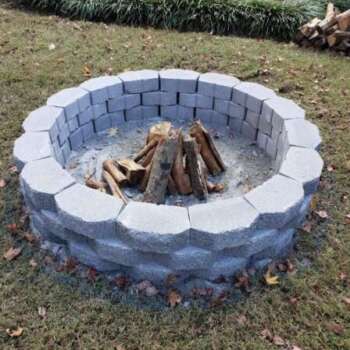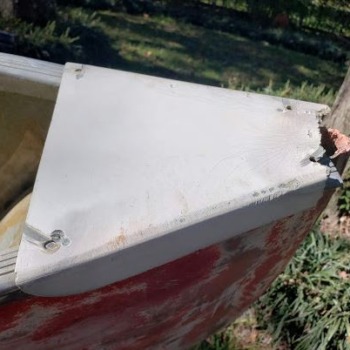If you spend a fewminutes doing a Google Scholar search for “pruning peppers”, you will quickly see that researchers found that pruning peppers (in a commercial setting) does not necessarily increase yield. A healthy pepper should be bushy with lots of branches and foilage.But what if your pepper is tall, lanky and just looks underwhelming?
When to Prune or Top Peppers
The best time to prune peppers is when they are actively growing, and before they begin to set fruit. If you’re pruning so that you get better fruit quality/size, prune early. If you’re pruning to help along a struggling plant, any time is fine. You can still prune peppers after they’ve begun to set fruit, as long as you keep at least one main branch (four branches are better).
Sad Peppers
We have green, red, yellow and other pepper plants that are three or more years old. We grow our peppers in pots and bring them into the greenhouse right before the first frost. The plants are usually 2 to 3 feet tall and already look a little rough at the end of the long season. The filtered light they receive all winter also doesn’t help improve their appearance or vigor.
But a few weeks before spring, they start to show signs of new life by putting out new leaves at the top of the plant. That’s the time we prune them. Actually, we top them. Topping peppers seems a little drastic; and most people top just below the first “y” branch, leaving the lower branches. We actually do something much more severe.
Where To Cut
By looking at the stalks, you can see old leaf nodes. These are knobby bumps (with or without leaves) on the stalk, spaced apartevery few inches. Beginning at the base, we count up 4 or 5 nodes and make our cut. This usually leaves an 8 to 10 inch section of stalk.It seems cruel.
Pepper plants aren’t happy about a pruning that leaves them without leaves or branches. In protest, they’ll set out one or two new leaves at the very top that may or may not turn into branches. So to make up for the abuse, and encourage the plant to really put out branching and foilage, we give it a heavy boost of nutrients.
Encouraging Fuller Growth
The first thing to do is put a dab of honey on the cut to discourage bacteria. Then wegive the plant a big boost of energy. We provide our DIY fertilizer, along with crushed eggshells, coffee grinds and seaweed extract (a biostimulant for plant growth).
But the real secret to encouraging the plant along is positioning. If you leave it upright in the pot after you’ve pruned it, it will probably just put out a set of leaves on the nodes near the top of the stalk. But if you lay the pot on its side, the plant will put out new growth along mostof the old nodes, including those near the base.
As soon as there are leaves on multiple nodes, you can return the plant to an upright position.
What About The Cuttings?
We also propogate new pepper plants from the cuttings we just made from pruning our peppers. Again, dab a little bit of honey on the cut to discourage bacteria. Then insert the cutting into a potting medium (we use spaghnum moss) so that one inch of the top is exposed. Fertilize, give it some seaweed extract, and keep the exposed leaves moist (mist daily) until you see new growth. If you plant them in clear water bottles, you’ll be able to see when roots begin to grow. Six to 8 inch cuttings seem to root up best for us.







